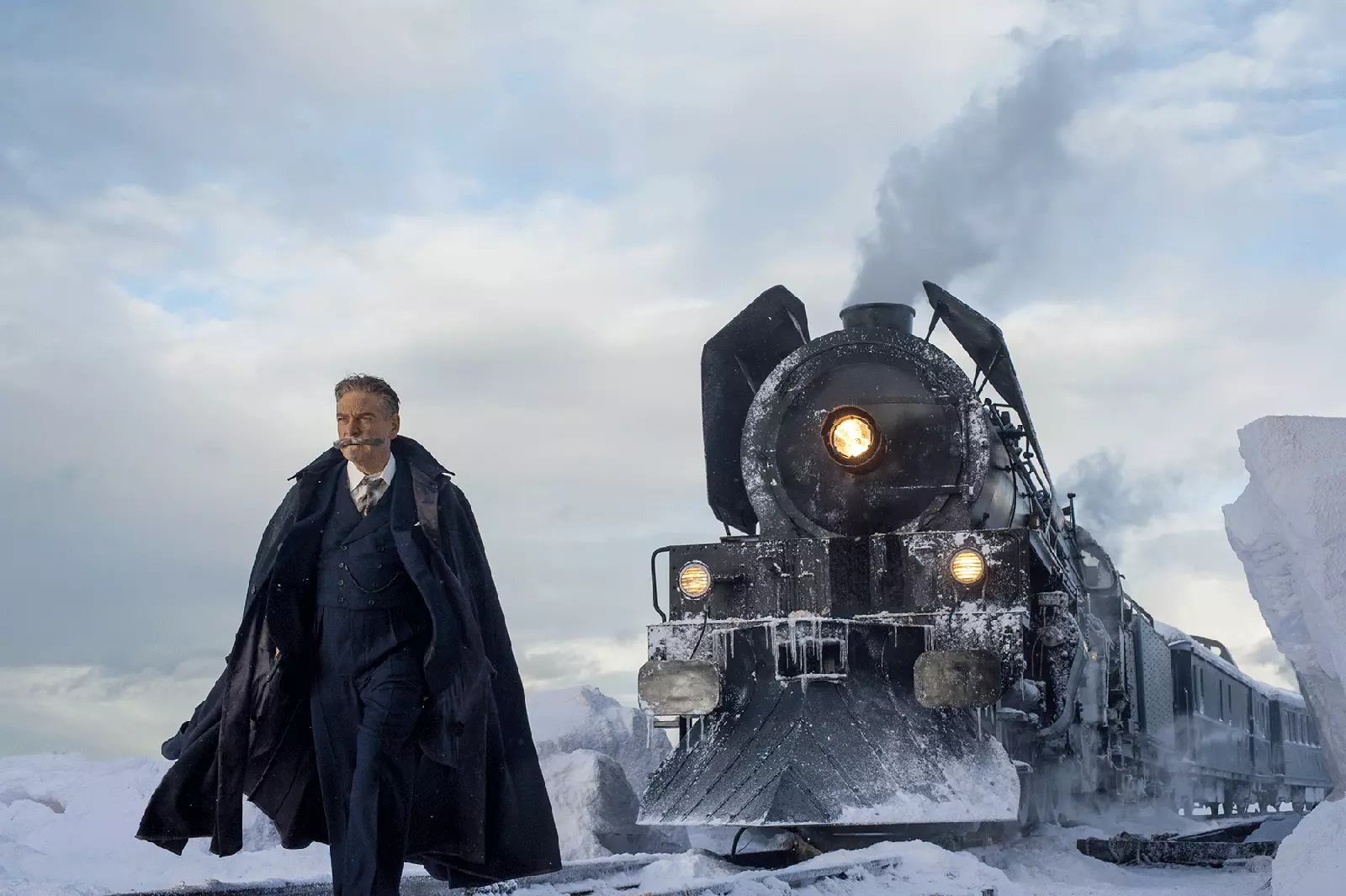
Kenneth Branagh is Hercule Poirot in this new version that he directs.
In 1929, a storm blocked the Orient Express for five days 130 kilometers from Istanbul, in Tcherkesskeuy. Snow walls of more than five meters prevented the train from moving forward or backward.
Temperatures dropped to -25oC outside and -10oC inside the convoy, and the dedicated drivers and dining car brigade went out of their way to make sure the travelers stay alive in the best conditions.
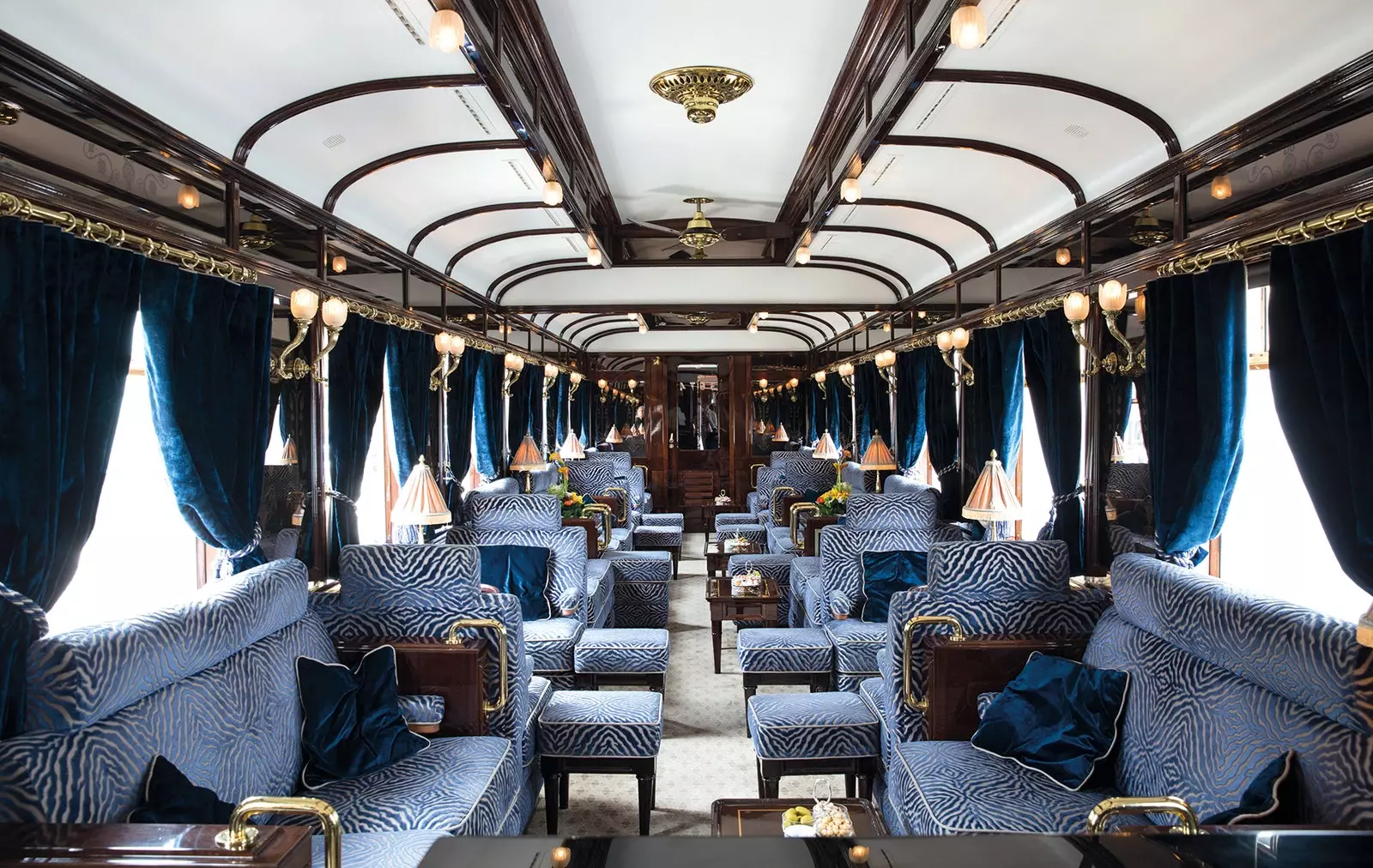
Bar of the current Venice Simplon Orient Express
“This story has been altered in many ways, including wolf attacks on the train,” explains Ángel González Mir, an expert at the International Sleeping Car Company. Agatha Christie added a corpse to the equation and from there came her famous novel Murder on the Orient Express, the origin of film and television adaptations.
The last one –which opens in theaters this November 24, directs Kenneth Brangh and starring himself, Johnny Depp, Penélope Cruz, Judi Dench, Michelle Pfeiffer...– he is faithful to the book and to the essence of the time, assures the very nephew of the writer and 'accomplice' of this production, James Prichard , which welcomes us to the settings that inspired the great lady of the noir novel.
“The costumes are extraordinary and the recreation of the train is wonderful. All glamor and beauty.”
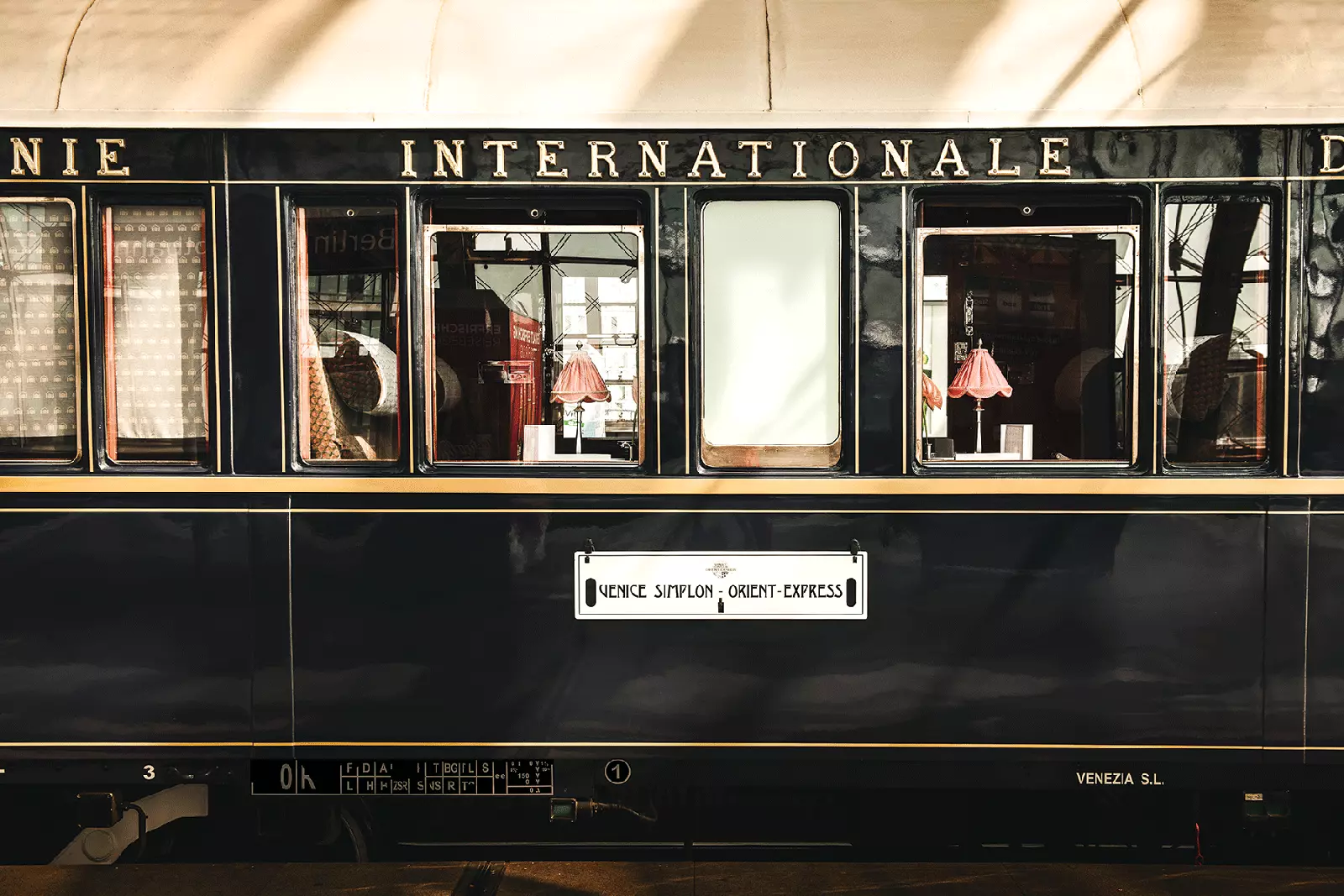
Venice Simplon Orient Express
“There have been other more luxurious trains, but none with the aura of mystery and adventure associated with the Orient Express name,” continues Ángel. the original convoy it took its travelers "from the prosperous and enlightened industrial Europe to the threshold of the Eastern world," says Alejandro Mantecón, a sociologist at the University of Alicante.
Starting in 1889, it joined Paris with Constantinople and, from there, it was possible to get there with services from the same company. to Baghdad, Haifa, Jerusalem, Beirut or Damascus.
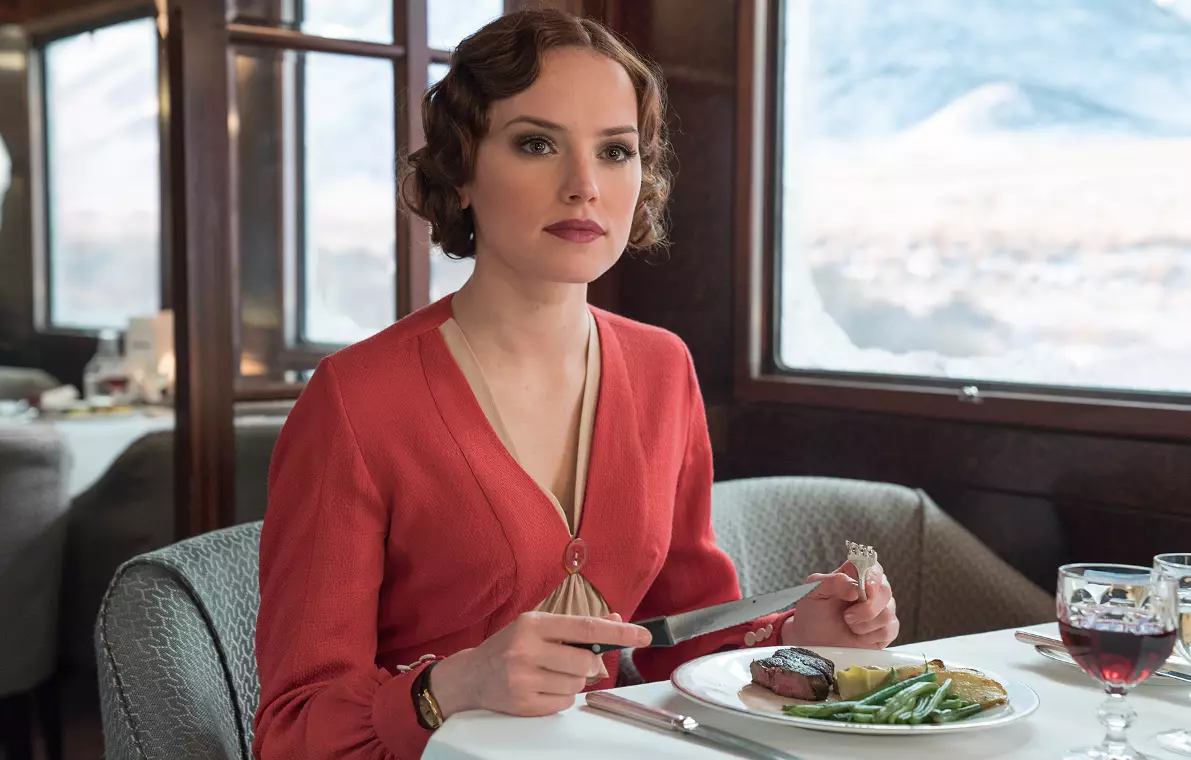
Daisy Ridley in the new 'Murder on the Orient Express'
It represented the door to exoticism and, in a European geopolitical environment in which mistrust reigned between countries – “to the point that any action that could compromise the borders had to go through the ministers of war” González Mir points out, that a train from a private company, the Internal Company Nationale des Wagons-Lits, could cross the continent represented a real milestone.
Later, during the interwar period, the Orient ceased to be a simple train to become a gigantic mesh that covered the continent, with three main replicas.
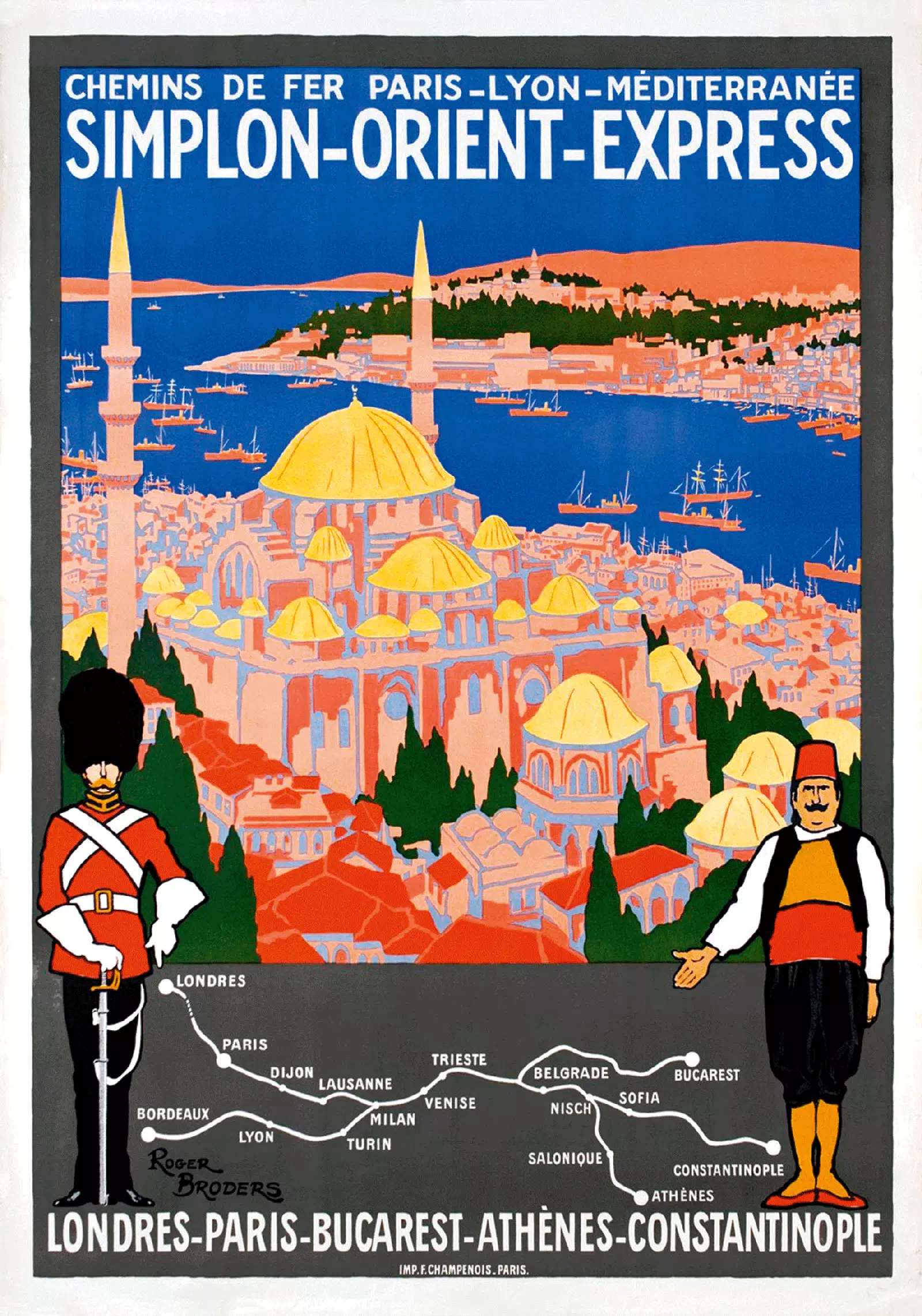
Vintage poster of the original route of the Orient Express
To understand the legend, the socioeconomic context must be taken into account: the majority of passenger cars were then third class, and overcrowding, exposure to locomotive fumes and the hardness of the seats made the trips really hard. For the few who could afford to travel first class, things weren't much better.
The apartments were more comfortable, but the lighting and heating systems were inefficient. The alternative to cross Europe was not promising either: stagecoaches. “In the midst of this panorama, Georges Lambert Casimir Nagelmackers, founder of the Compagnie Internationale des Wagons-Lits, applies ideas brought from the United States, where George M. Pullman had invented the sleeping car.
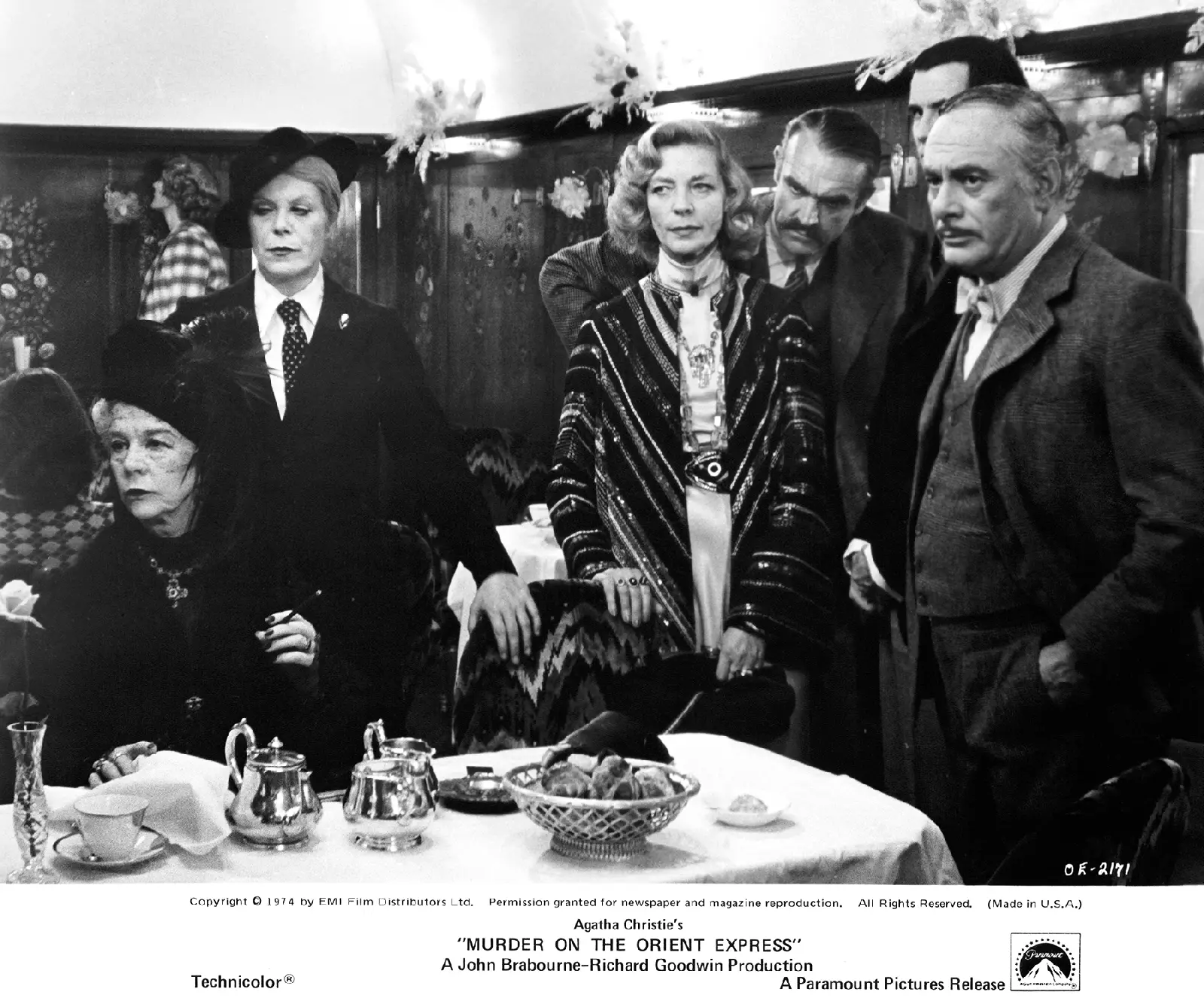
The version of 'Murder on the Orient Express' from 1974
Nagelmackers witnessed there the anger of a European lady for being forced to travel in a car where the beds were isolated by a simple curtain, so she incorporated the departments”, summarizes Ángel.
The first restaurant cars avoided the famous 'parada y inn', and the cars were decorated with Prou and Morison marquetry, bronze and glass appliqués, Lalique stained glass and embossed leather.
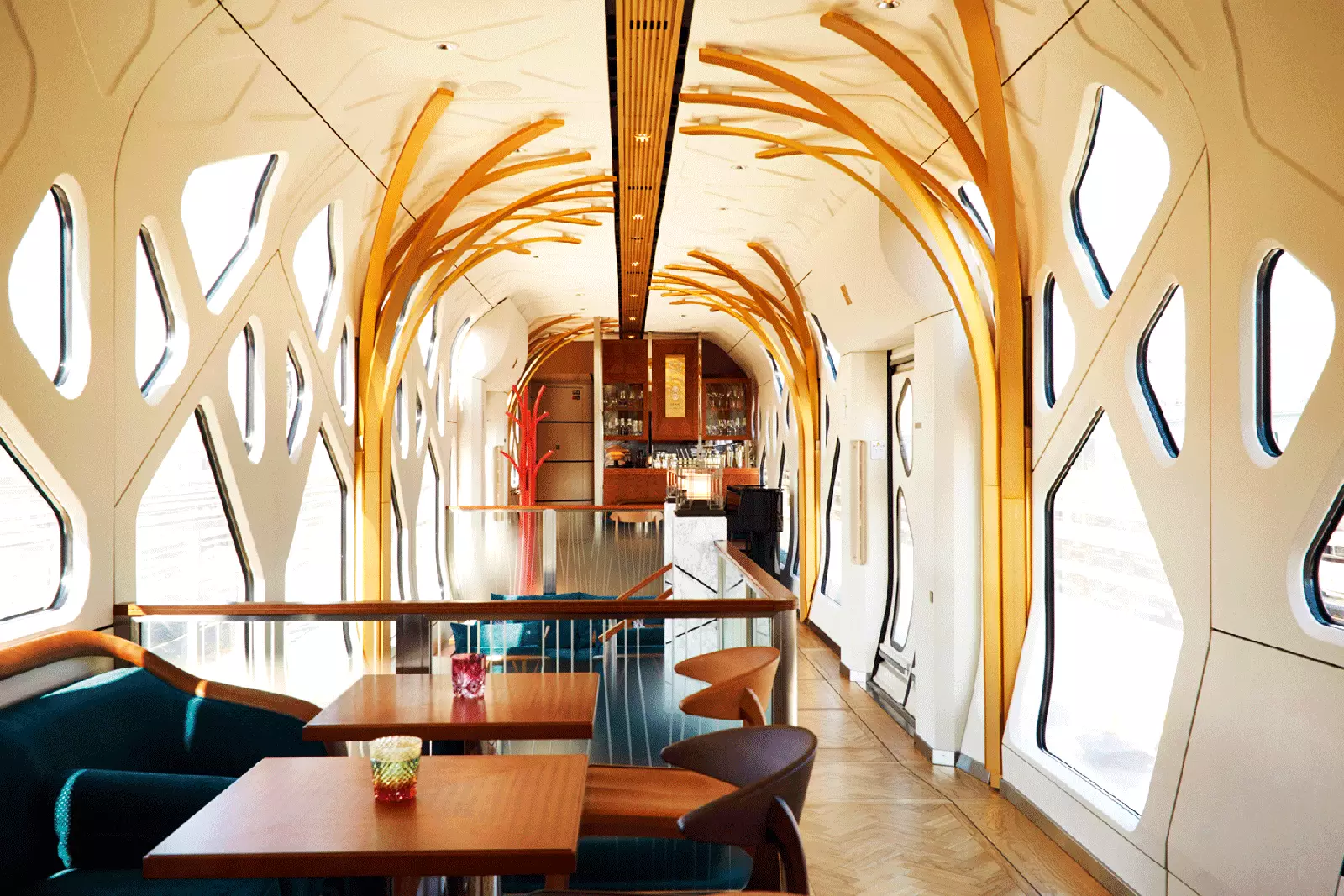
The lounge of the new Train Suite Shiki-shima
“It is still curious that, more than a century later, our concept of luxury in travel is still similar: noble materials, large spaces, careful attention and careful gastronomy”, says González.
Apart from the complications of adapting the rolling stock to the requirements of the companies whose networks it circulated, it was always last generation in braking, safety, signaling or lighting, with amenities that are hard to beat even today, such as oversized beds or private toilets.
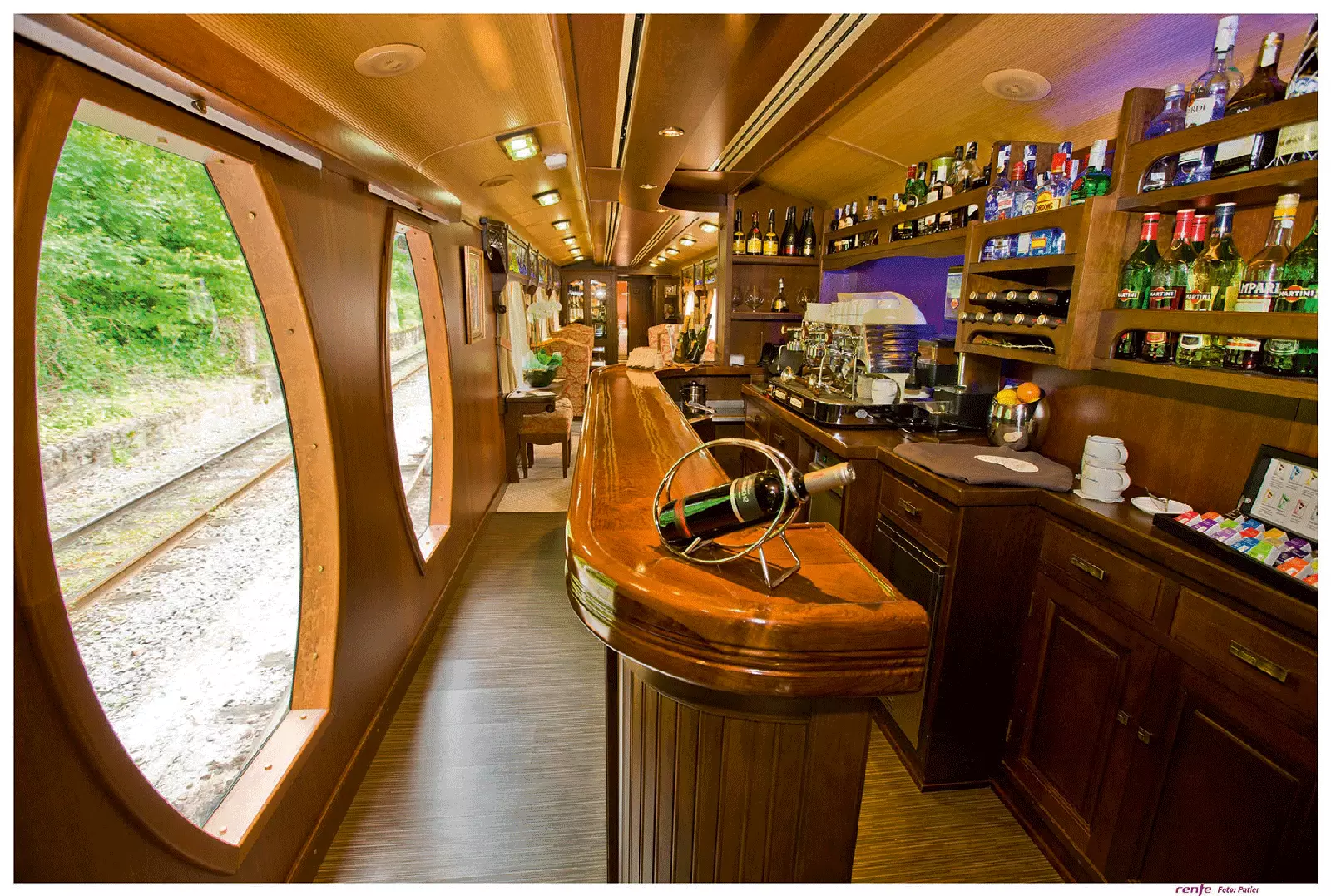
The Transcantabrian
Paradoxically, it was this exclusivity that put an end to luxury on trains. "Behind the World War II, a sleeping car for ten people was frankly uneconomical. The most luxurious ones ended up being converted into 20 seats while the saloon cars were downgraded to restaurants. This led to cheaper fares and a loss of comfort”, explains Ángel.
The longevity of orient express (as it was called here) also contributed to the myth: it circulated from 1883 to 2009, interrupted by the two world wars, although it last flew the original route in 1977. “Low-cost airlines and TGVs put an end to him”, adds the expert.
Beyond its tangible heirs – the failed Nostalgie Istanbul Orient Express or the Venice Simplon Orient Express– the emblematic train remains alive in the collective imagination.
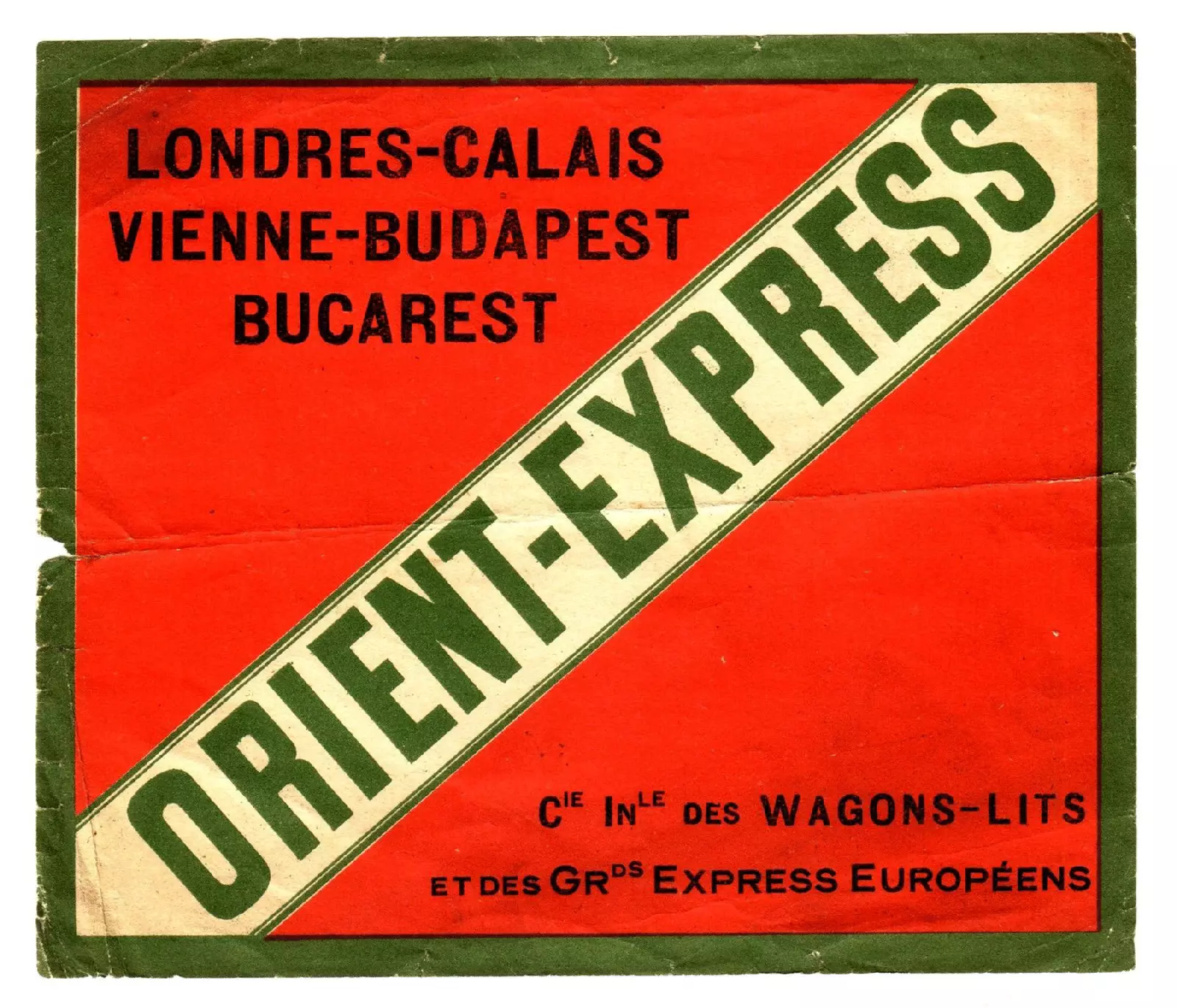
Original Orient luggage tag
“Discovering that something old works again is innate in the human being. In the same way that opera continues to be cultured music, the Orient embodies that exceptional tourism”, adventures Francisco Oteo, economist, sociologist and political scientist from the Abat Oliba CEU University.
And let's not underestimate the pull of the dark side. "It represents a controlled dose of adventure from a position of privilege," suggests Mantecón. “Through literature and cinema it has been enveloped in a certain black halo but, as in christies novels, In this type of train you can breathe an atmosphere of safety and sophistication. It evokes a past world that will not return.
THE HEIRS Venice Simplon-Orient-Express & Co. James Sherwood bought cars from the 1920s and 1930s to run routes from Calais and Paris to Vienna, Venice, Budapest and Istanbul. His group, Belmond, has other versions in the UK ** (British Pullman, Northern Belle) ** and Scotland (Royal Scotsman). In addition, the Eastern & Oriental Express runs to Singapore, Thailand, Malaysia and Laos. Hiram Bingham accesses Machu Pichu, in Peru.
MEMORIES OF... Blue Train, The Ghan and Glacier Express Nineteenth century echoes in South Africa, adventures in Australia and a spectacular route in Switzerland.
RETROFUTURISTIC Train Suite Shiki-shima This minimalist Japanese train with two observation cars and three designer private suites changes routes every season.
SPANISH VERSION Transcantábrico and Al Andalus The first evokes the Belle Époque from León to Santiago de Compostela; the second has an Extremaduran and Andalusian route.
